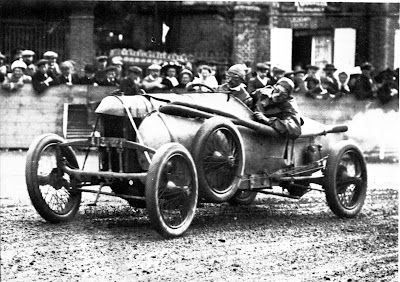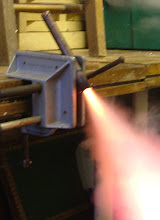
I've quite a collection of burnt out agricultural kit in the archive. I could pretty much repeat the sentiments expressed
HERE. As I pulled out of Diplo HQ a couple of weeks ago I glanced to the Southern sky and was pleased by the sight of a very shapely and tall cloud of black smoke on the horizon, local topographical knowledge placed the source some 9 miles as the crow flies, practically due South - Diploville. A pronounced meteorological temperature inversion had caused the column to flatten out very sharply at about 1500 feet producing a perfectly horizontal bar of the black stuff stretching 10 or so miles to the west of the source. No camera, or I would have snapped that for the archive. Anxious not to miss out on any fun I made my way home and over to the adjacent field to more fully take in the spectacle of destruction, to wonder at the power of fire and enjoy the display laid on by a variety of components giving up their elements as different coloured smoke and flame. I'm always struck by the graceful billowing of
really thick smoke, shapes being generated and transformed in front of your eyes like a huge silk pillow case being teased by a powerful fan. The crop here was Miscanthus (elephant grass) for use as a bio-fuel. It is not uncommon for the first year's growth to be insufficient to warrant harvesting and transporting so it is flailed off to encourage the rhizome to go bonkers next time around - I think that was what was happening here. Yields are supposed to be around 10 tonnes/hectare !!!!!!! Don't think so. Mind you, establishment costs of £1000.00/hectare are taken care of by a grant of nearly 100%, thereafter costs are down to harvesting and transport. I am certainly no expert in the environmental pros and cons of this bio-fuel production, I'm sure if all goes according to plan somebody could justify it. I've a feeling that if we throw the tractor burning emissions into the equation things might look a little different - better luck next time. MORE FIRE !






